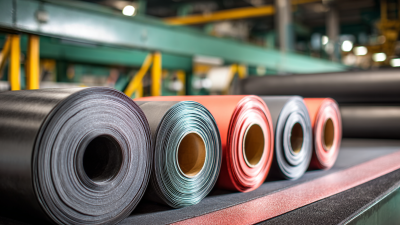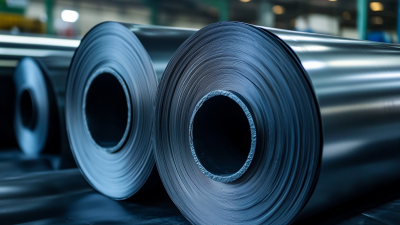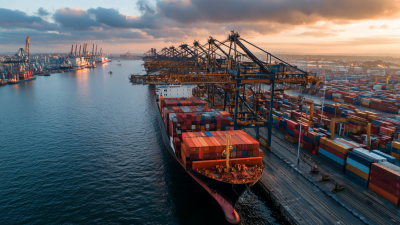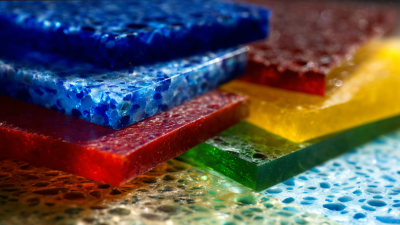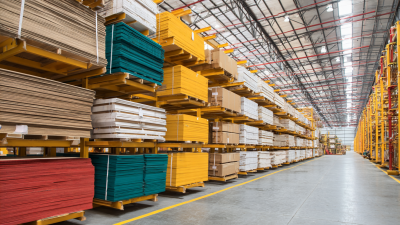Inquiry
Form loading...
- Phone
- E-mail
In today’s manufacturing landscape, sustainability has become a critical focus as industries seek environmentally friendly materials without compromising performance. One standout option gaining traction is the HDPE plastic sheet, known for its versatility, durability, and recyclability. This innovative material not only meets the rigorous demands of modern manufacturing but also aligns with the increasing global emphasis on reducing environmental impact. As companies adopt more sustainable practices, understanding the benefits and applications of HDPE plastic sheets is crucial. This article delves into why HDPE plastic sheets are regarded as a sustainable solution, exploring key insights that highlight their role in fostering eco-friendly production processes while maintaining operational efficiency.
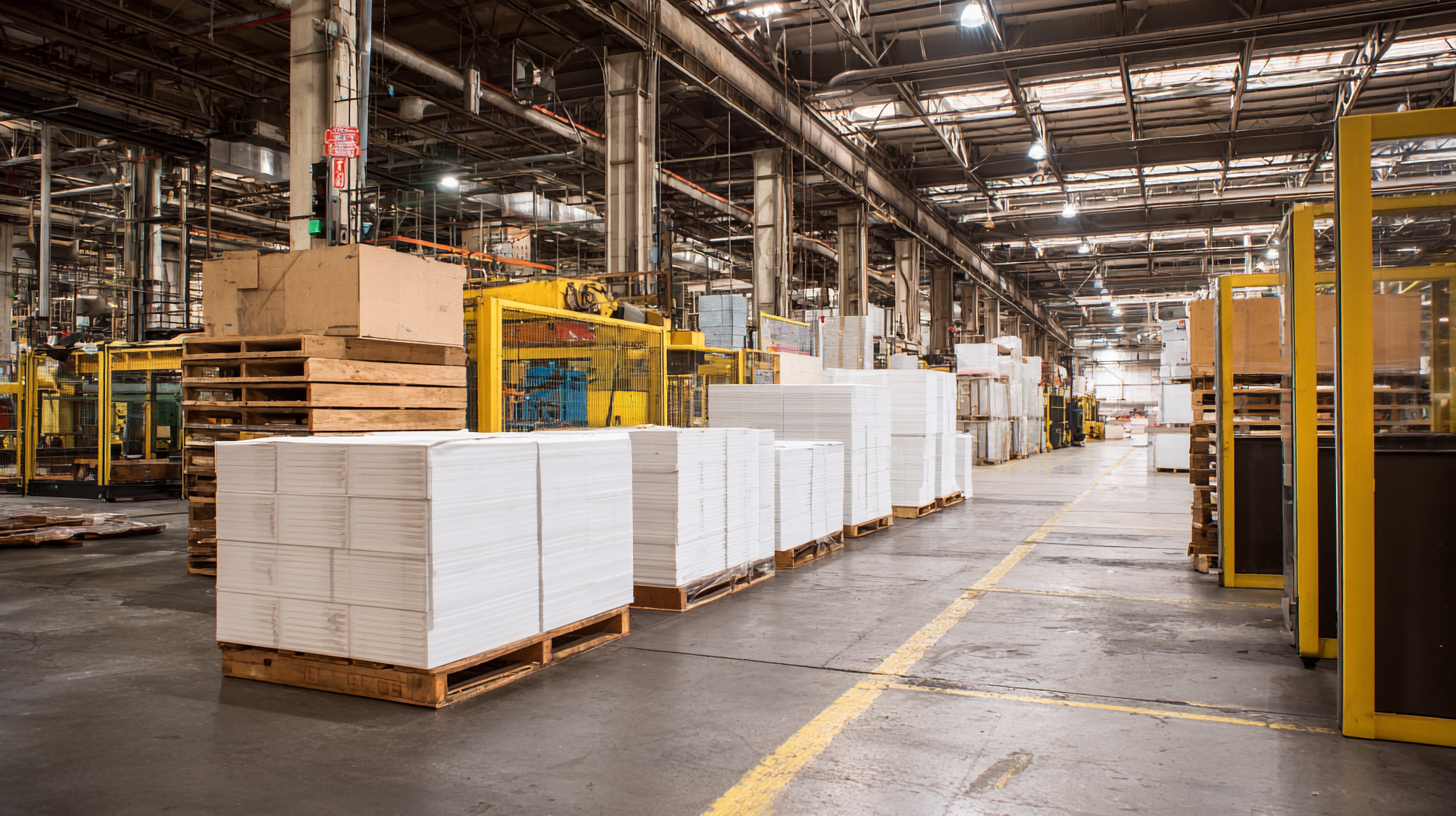
HDPE plastic sheets are emerging as a pivotal component in sustainable manufacturing, significantly contributing to environmental sustainability. First and foremost, HDPE, or high-density polyethylene, is highly recyclable, which allows manufacturers to reduce waste and minimize their carbon footprint. By utilizing recycled materials in production, companies not only conserve natural resources but also promote a circular economy where materials are continuously reused.
Moreover, HDPE plastic sheets are durable and resistant to many chemicals, making them a long-lasting alternative to traditional materials. This longevity reduces the frequency of replacements, further lowering resource consumption. Additionally, HDPE is lightweight, which can lead to reduced energy costs in transportation and handling.
**Tips:** When selecting HDPE plastic sheets for manufacturing, ensure you choose products with a high recycled content to maximize environmental benefits. Furthermore, consider the end-of-life options for your products—partnering with recycling facilities can enhance the sustainability of your supply chain. Lastly, educate your team on best practices for working with HDPE to minimize waste during production.
HDPE plastic sheets have emerged as a game-changer in the realm of modern manufacturing, primarily due to their many advantages over traditional materials. One of the most significant benefits is their superior durability and resistance to various environmental factors. Unlike wood or metal, HDPE does not corrode, rust, or rot, making it ideal for applications in industries that require long-lasting materials. Additionally, its resistance to chemicals and moisture extends its lifespan, reducing the need for frequent replacements and thereby minimizing waste.
Another key advantage of HDPE sheets is their lightweight nature, which facilitates easier handling and transportation. This can lead to lower shipping costs and enhanced operational efficiency. Moreover, HDPE is recyclable, contributing to a circular economy by allowing the material to be reclaimed and reused in manufacturing. By opting for HDPE plastic sheets, manufacturers not only improve their production processes but also align with sustainability goals, showcasing their commitment to environmental stewardship while maintaining cost-effectiveness.
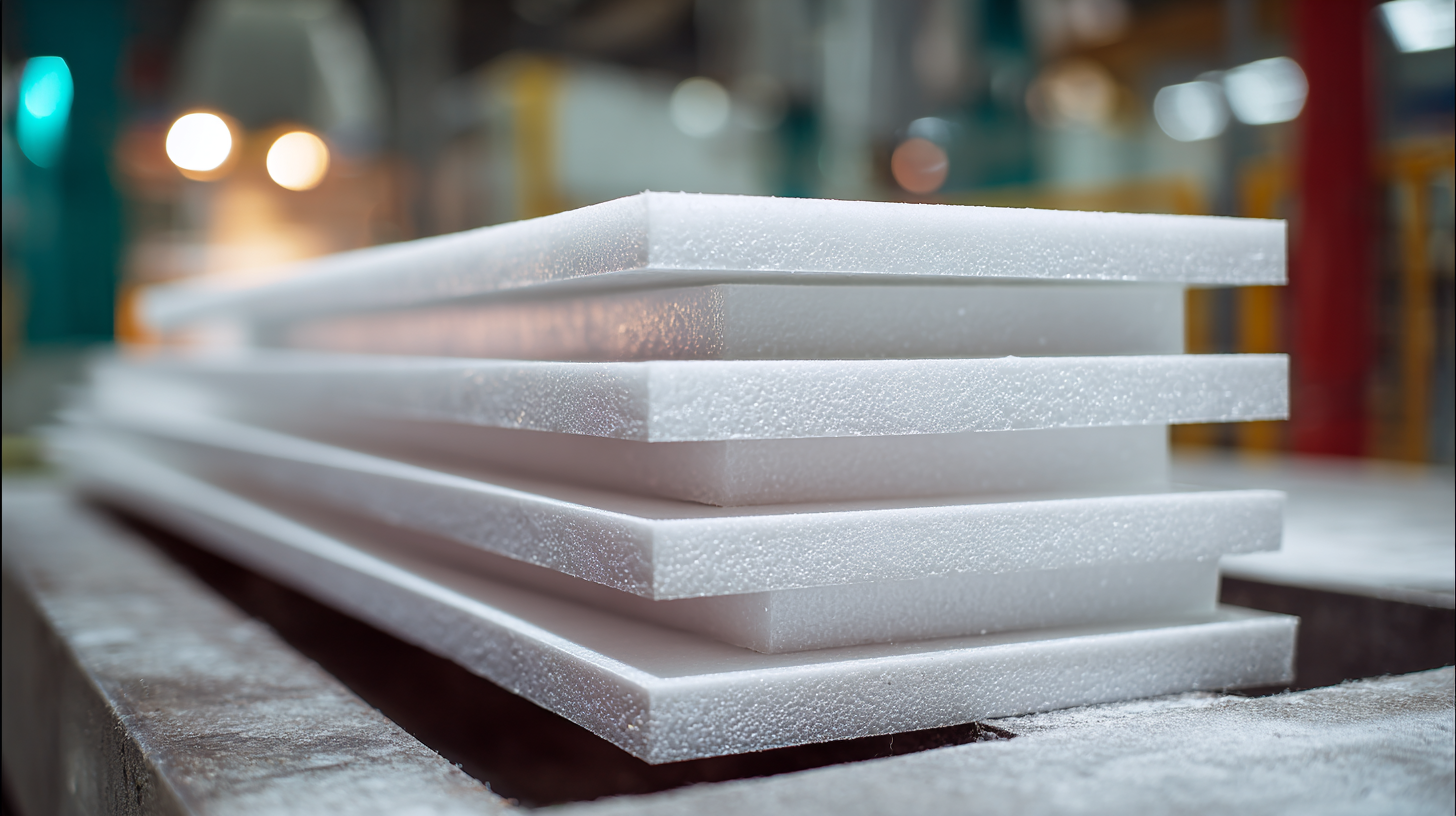
The lifecycle impact of HDPE (High-Density Polyethylene) plastic sheets plays a crucial role in modern manufacturing, particularly in terms of sustainability. Unlike traditional materials, HDPE sheets are derived from petroleum but are fully recyclable, which significantly mitigates their environmental footprint. The production process of HDPE involves less energy consumption compared to alternatives, leading to a lower carbon footprint right from the outset. Additionally, being lightweight, they contribute to reduced transportation emissions during distribution, enhancing their overall sustainability profile.
Once in the marketplace, HDPE plastic sheets exhibit remarkable durability and resistance to various environmental factors, such as moisture, chemicals, and UV radiation. This longevity translates to a longer lifecycle, minimizing the frequency of replacements and thereby decreasing waste. Furthermore, at the end of their service life, HDPE sheets can be repurposed and recycled into new products, fostering a circular economy. This inherent recyclability not only conserves natural resources but also promotes responsible manufacturing practices, making HDPE an increasingly popular choice for industries striving to balance productivity with environmental stewardship.
| Sustainability Aspect | HDPE Plastic Sheets | Comparison with Alternatives |
|---|---|---|
| Recyclability | Highly recyclable, often recycled into new products. | Many alternatives have lower recycle rates. |
| Energy Consumption in Production | Lower energy consumption compared to PVC and other plastics. | PVC has a higher environmental footprint in terms of energy. |
| Durability | Highly durable, resistant to impact and moisture. | Some alternatives may degrade faster. |
| Toxicity | Non-toxic, does not leach harmful chemicals. | Certain alternatives can leach toxic substances. |
| Cost-Effectiveness | Cost-effective solution for large-scale use. | Some sustainable alternatives can be more expensive. |
HDPE plastic sheets are revolutionizing modern manufacturing with their diverse applications and environmental benefits. These high-density polyethylene sheets are not only lightweight and durable but also resistant to chemicals and UV radiation, making them suitable for a wide range of industries. Their innovative use in packaging solutions, such as reusable pallets and containers, helps reduce waste and promotes a circular economy. Additionally, HDPE sheets are increasingly employed in the construction sector for waterproofing membranes and insulation, contributing to energy efficiency and sustainability.
Another remarkable application of HDPE plastic sheets is in the automotive industry. Manufacturers utilize these sheets for components such as interior panels and guards, owing to their robust nature and ease of fabrication. Moreover, the use of HDPE in creating custom parts through advanced manufacturing techniques, like CNC machining and 3D printing, allows for greater design flexibility while minimizing materials waste. This versatility not only optimizes production processes but also enhances overall product performance, showcasing HDPE sheets as a vital component in the quest for sustainable and innovative manufacturing solutions.
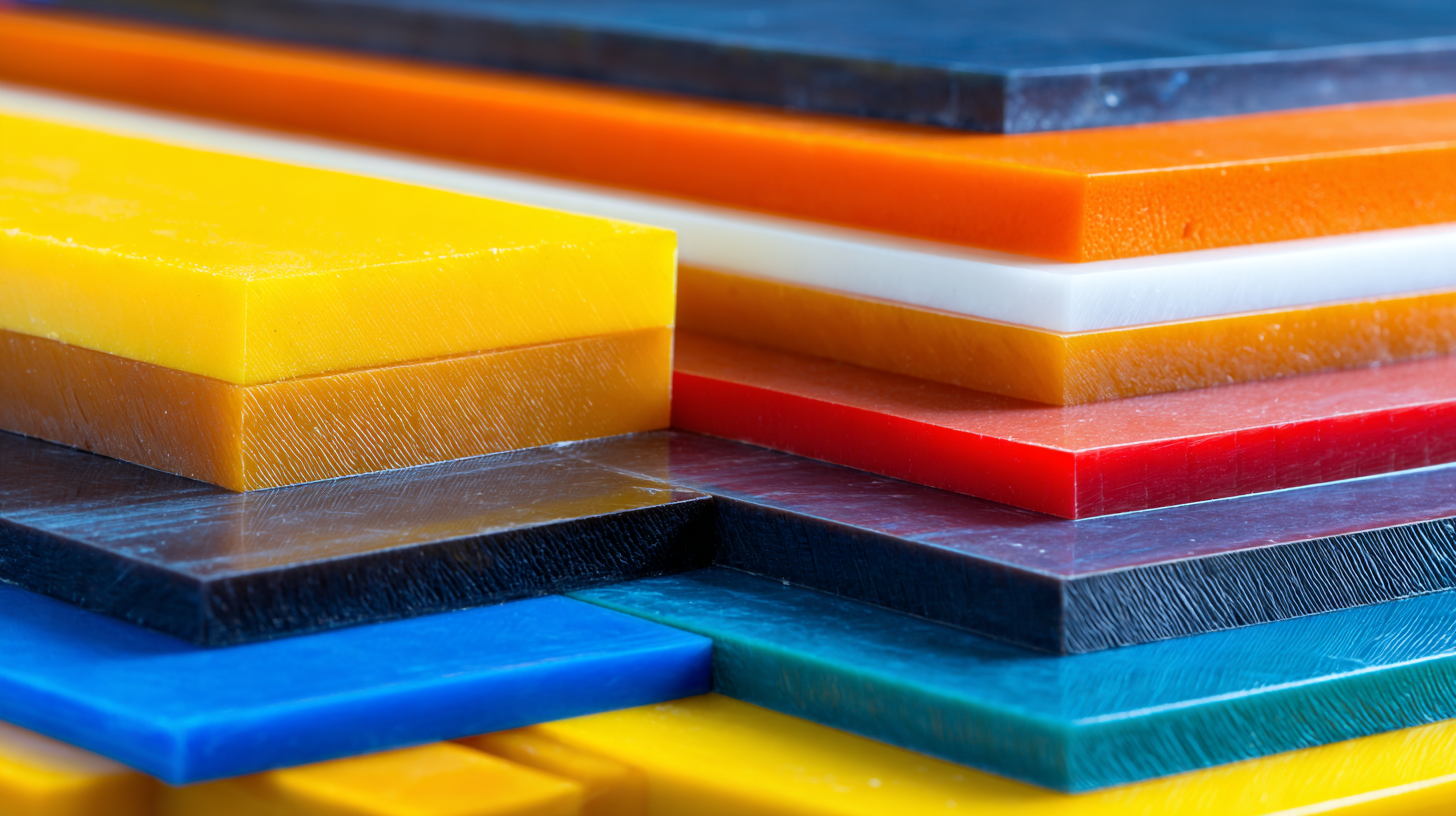
Incorporating HDPE plastic sheets into your production process can significantly enhance sustainability while also improving efficiency. To get started, it’s essential to assess your current materials and processes. Identify where HDPE can replace less sustainable options, focusing on applications such as packaging, construction, or manufacturing components.
Tip: When implementing HDPE, consider conducting a pilot program. This allows you to gauge how well the material integrates into your existing workflow without committing to a full-scale transition.
Another best practice is to invest in proper training for your staff. Ensuring that your team understands the benefits and handling of HDPE materials can lead to smoother operations and less waste. Create comprehensive guides or training sessions that highlight the advantages of HDPE, such as its recyclability and durability.
Tip: Encourage feedback from your team during the transition process. This collaborative approach can uncover potential challenges early on and help you adapt your methods effectively.
